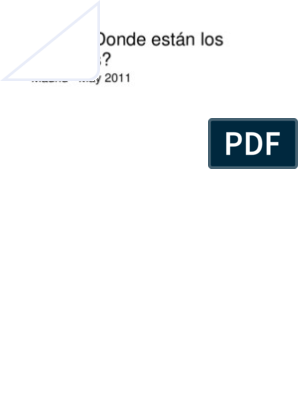0% found this document useful (0 votes)
239 views8 pagesHypersexual Disorder
This document discusses non-paraphilic hypersexuality and debates its conceptualization as hypersexual disorder, compulsive sexual behavior disorder, or sexual addiction. It notes that while hypersexual disorder was not included in the DSM-5, the ICD-11 does include compulsive sexual behavior disorder. The document reviews theoretical approaches and diagnostic criteria, noting that hypersexuality involves obsession, compulsion, and negative consequences. Assessment of hypersexuality examines symptoms, impairment, history, and risks to determine if behaviors are excessive or problematic.
Uploaded by
Andra ComanCopyright
© © All Rights Reserved
We take content rights seriously. If you suspect this is your content, claim it here.
Available Formats
Download as PDF, TXT or read online on Scribd
0% found this document useful (0 votes)
239 views8 pagesHypersexual Disorder
This document discusses non-paraphilic hypersexuality and debates its conceptualization as hypersexual disorder, compulsive sexual behavior disorder, or sexual addiction. It notes that while hypersexual disorder was not included in the DSM-5, the ICD-11 does include compulsive sexual behavior disorder. The document reviews theoretical approaches and diagnostic criteria, noting that hypersexuality involves obsession, compulsion, and negative consequences. Assessment of hypersexuality examines symptoms, impairment, history, and risks to determine if behaviors are excessive or problematic.
Uploaded by
Andra ComanCopyright
© © All Rights Reserved
We take content rights seriously. If you suspect this is your content, claim it here.
Available Formats
Download as PDF, TXT or read online on Scribd
/ 8

























































































